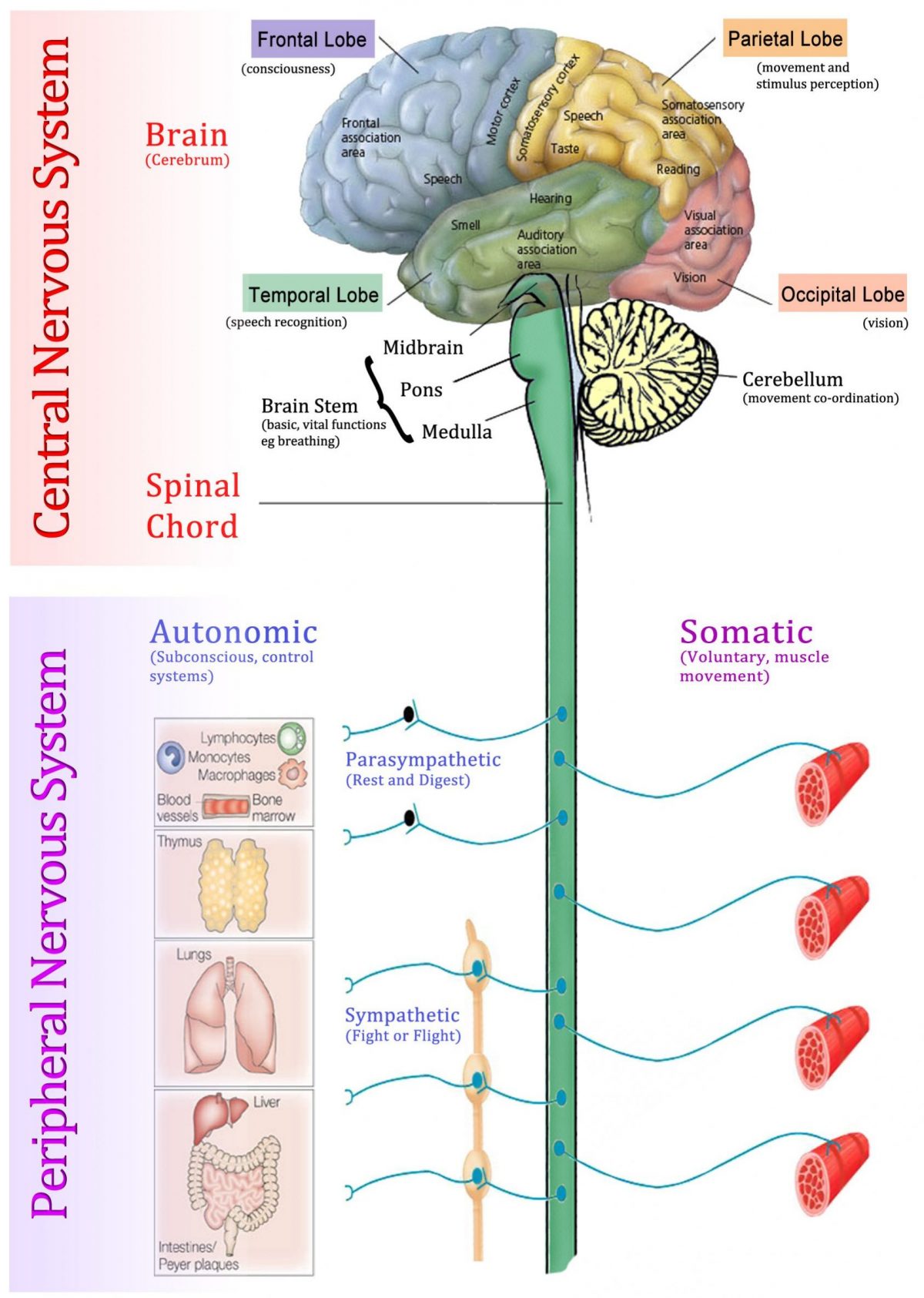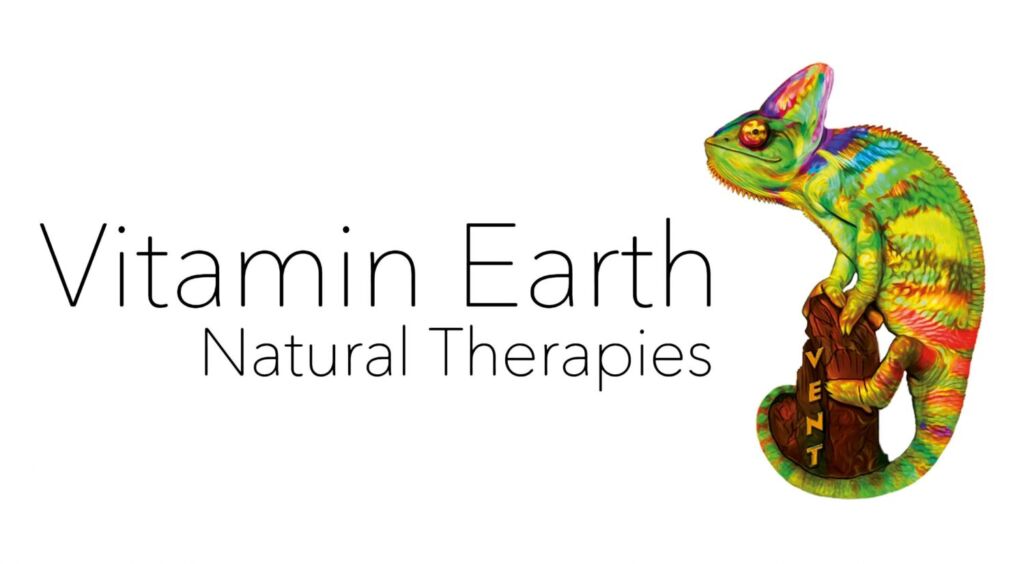
Kinesiology balances stress in the central nervous system
Kinesiology is derived from the Greek term ‘kinesis’ meaning movement or motion and the suffix ‘ology’ indicating a science or branch or knowledge. Therefore on a basic level Kinesiology is the study of human movement.
The study of movement dates back to Aristotle who is sometimes referred to as the ‘Father of Kinesiology’. This is due to his work titled ‘On the Motion of Animals’ or ‘De Motu Animalium’, where he described the actions of the muscles and subjected them to geometric analysis for the first time.
However in modern times the concept of muscle testing was first developed in the early 20th century by a Boston Orthopedic surgeon, R.W. Lovett. Lovett used muscle testing to analyse disabilities resulting from olio and nerve damage. He applied muscle testing to trace spinal nerve damage because muscles that tested ‘weak’ often had a common spinal nerve. He first published his findings in 1932.
In 1945 Henry and Florence Kendall modified and systematised Lovett’s ideas and published their pioneering book, ‘Muscle Testing and Function’. The book provides coverage of muscle testing, plus evaluation and treatment of faulty and painful postural conditions.
In 1964 an American chiropractor, Dr George J. Goodheart claimed to have corrected a patient’s chronic winged scapula by pressing on nodules found near the origin and insertion of the involved anterior serratus muscle. He discovered that there was a relationship not only between meridians and major organs but also muscles. By combining his discoveries with work done by his predecessors: Chapman’s points for lymphatic function and Bennet’s points for vascular function, Applied Kinesiology was born.
Then in 1973 Chiropractor Dr. John Thie, a student of Goodheart, published Touch for Health. Thie had developed a comprehensive system for the layperson to use at home for their own self-care. Opening these techniques to a wider audience meant Kinesiology become widespread.
In present times, Kinesiology is an innovative fusion of five element acupuncture and osteopathy, with influences from neuroscience, behavioural psychology and functional medicine. This allows the Kinesiologist to help people resolve a wide range of issues, while unlocking their own innate healing abilities.
“Michelle is a wonderfully skilled Kinesiologist. She held me with care and kindness through my lowest point, her directness and honesty got through to me in a way that no one else could at that time”
“Michelle is clearly passionate about her work. She takes enormous care with every step, with sensitivity and rare intuition. I feel very safe in her hands”
“Michelle creates a safe and nurturing environment. She has helped me more than words can describe. I’d recommend anyone to her”
“I have been a client at Vitamin Earth for several years. Michelle’s knowledge is incredible and I really am grateful for our conversations which keep me grounded with reduced stress levels”
“I have been seeing Michelle for the past few years, she was able to break through a physical condition when doctors couldn’t. Since then I have continued working with her on releasing emotional, physical and spiritual blocks”
“Vitamin Earth has helped me with several life goals over the years. Professional with a wealth of knowledge.
Michelle will do wonders for your mental and physical health”
